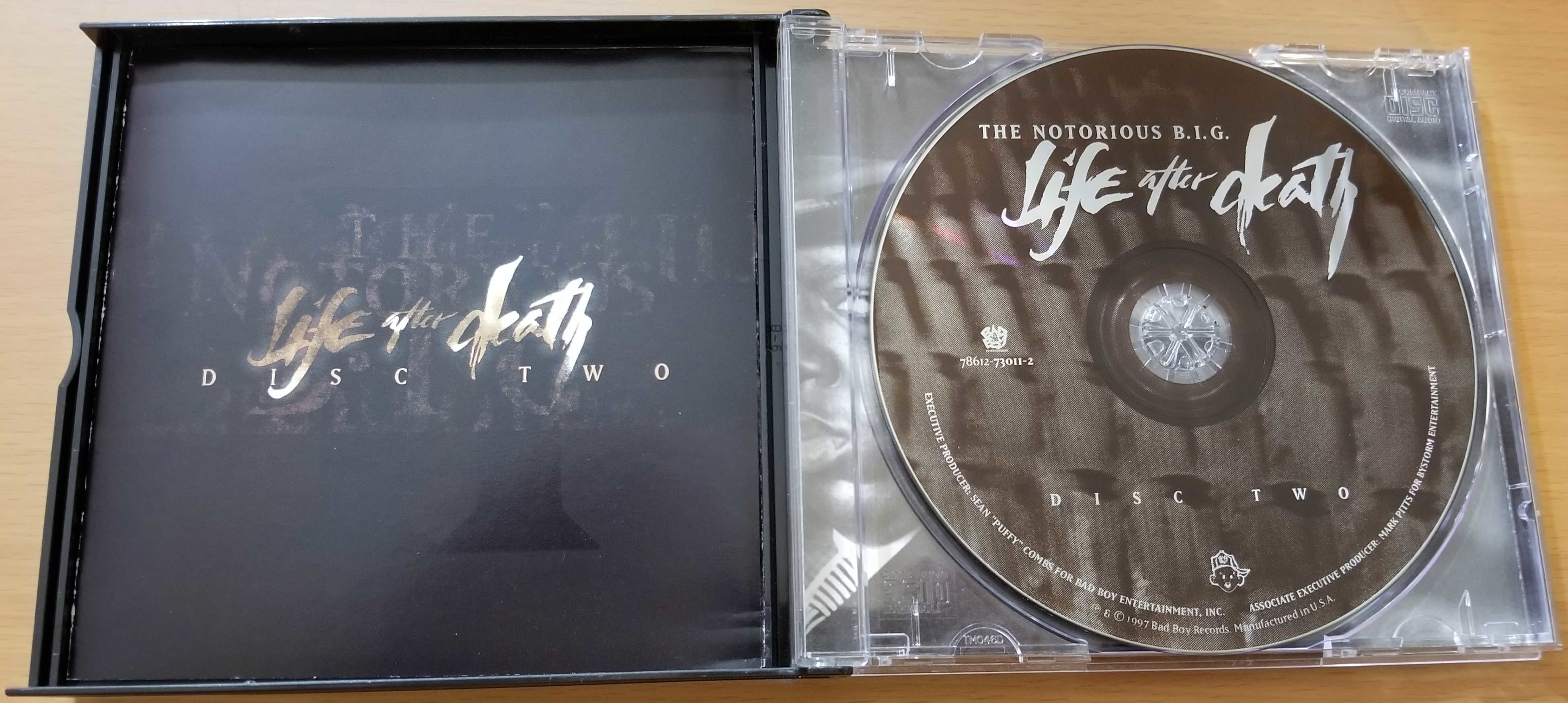

The subtle messages have been speculated on by listeners and confirmed by artists on several occasions, including XXL magazine's April 2003 edition, "The Making of: Life After Death". The track "Kick in the Door" is directed at Nas, Jeru the Damaja, Raekwon, Ghostface Killah and even the track's producer DJ Premier. Numerous songs contain references to B.I.G.'s rivals, some subtle and some obvious. was shot four times in a drive-by shooting and was later pronounced dead at Cedars-Sinai Medical Center in Los Angeles.Ĭonflict with other rappers is a major theme throughout the album.


Production for the album was handled by DJ Premier, Easy Mo Bee, The RZA, as well as Bad Boy in-house producer Stevie J & the Hitmen.īiggie traveled to the West Coast in February 1997 to promote the album, and shoot the video for the lead single, "Hypnotize." Two weeks before its release, on March 9, the Notorious B.I.G. A record with Bay Area rapper E-40 was not included on the final track listing. In addition to Bad Boy Records labelmates Mase, The LOX, 112, and label owner Puff Daddy, guests include Jay-Z, Angela Winbush, Too Short, Lil Kim, & Bone Thugs N Harmony. It was pushed back to 1997.Īs he explained on BET's Rap City, Biggie aimed to reach a wider audience with Life After Death, collaborating with a wider variety of artists than his debut. The album was supposed to be released on Halloween in 1996, but Biggie was involved in a car accident in September 1996 which delayed the finalizing of the album. Two and a half years before the album's release, the Notorious B.I.G., who had married Faith Evans, became East Coast's icon in the East Coast–West Coast rivalry and made guest appearances on albums by Jay-Z and Luther Campbell amongst others. 2 Feud references and subliminal disses.179 on Rolling Stone magazine's list of " The 500 Greatest Albums of All Time. The album was nominated for Best Rap Album, Best Rap Solo Performance for its first single " Hypnotize", and Best Rap Performance by a Duo or Group for its second single " Mo Money Mo Problems" at the 40th Annual Grammy Awards. The album is a sequel to his first album, Ready to Die, and picks up where the last song, "Suicidal Thoughts", ends. further delving into the mafioso rap subgenre. Life After Death exhibits The Notorious B.I.G. It features collaborations with guest artists such as 112, Jay-Z, Lil' Kim, Mase, Bone Thugs-n-Harmony, Too $hort, Angela Winbush, D.M.C. A double album, it was released sixteen days after his death. Ready to Die is a milestone album, for sure, but it's nowhere near as extravagant or epic as Life After Death.Life After Death is the second and final studio album by American rapper The Notorious B.I.G., released on March 25, 1997, on Bad Boy Records and Arista Records. Over the course of only two albums, he achieved every success imaginable, perhaps none greater than this unabashedly over-reaching success. In hindsight, Biggie couldn't have ended his career with a more fitting album than Life After Death. There's still plenty of the gangsta tales on Life After Death that won Biggie so much admiration on the streets, but it's the pop-laced songs that stand out as highlights.

It's perhaps Puffy himself to thank for this album's biggest hits: "Mo Money Mo Problems," "Hypnotize," "Sky's the Limit," three songs that definitely owe much to his pop touch. Kelly, Angela Winbush, 112 - and, of course, Puff Daddy, who is much more omnipresent here than on Ready to Die, where he mostly remained on the sidelines. Plus, Biggie similarly brought in various guest rappers - Jay-Z, Lil' Kim, Bone Thugs, Too $hort, L.O.X., Mase - a few vocalists - R. Like 2Pac's All Eyez on Me from a year before, an obvious influence, Biggie's album made extensive use of various producers - DJ Premier, Easy Mo Bee, Clark Kent, RZA, and more of New York's finest - resulting in a diverse, eclectic array of songs. That's not really the case with Life After Death, however. You'd expect any album this sprawling to include some lackluster filler. The ambitious album, intended as somewhat of a sequel to Ready to Die, picking up where its predecessor left off, sprawled across the span of two discs, each filled with music, 24 songs in all. a few years to follow up his milestone debut, Ready to Die (1994), with another album, but when he did return with Life After Death in 1997, he did so in a huge way.


 0 kommentar(er)
0 kommentar(er)
